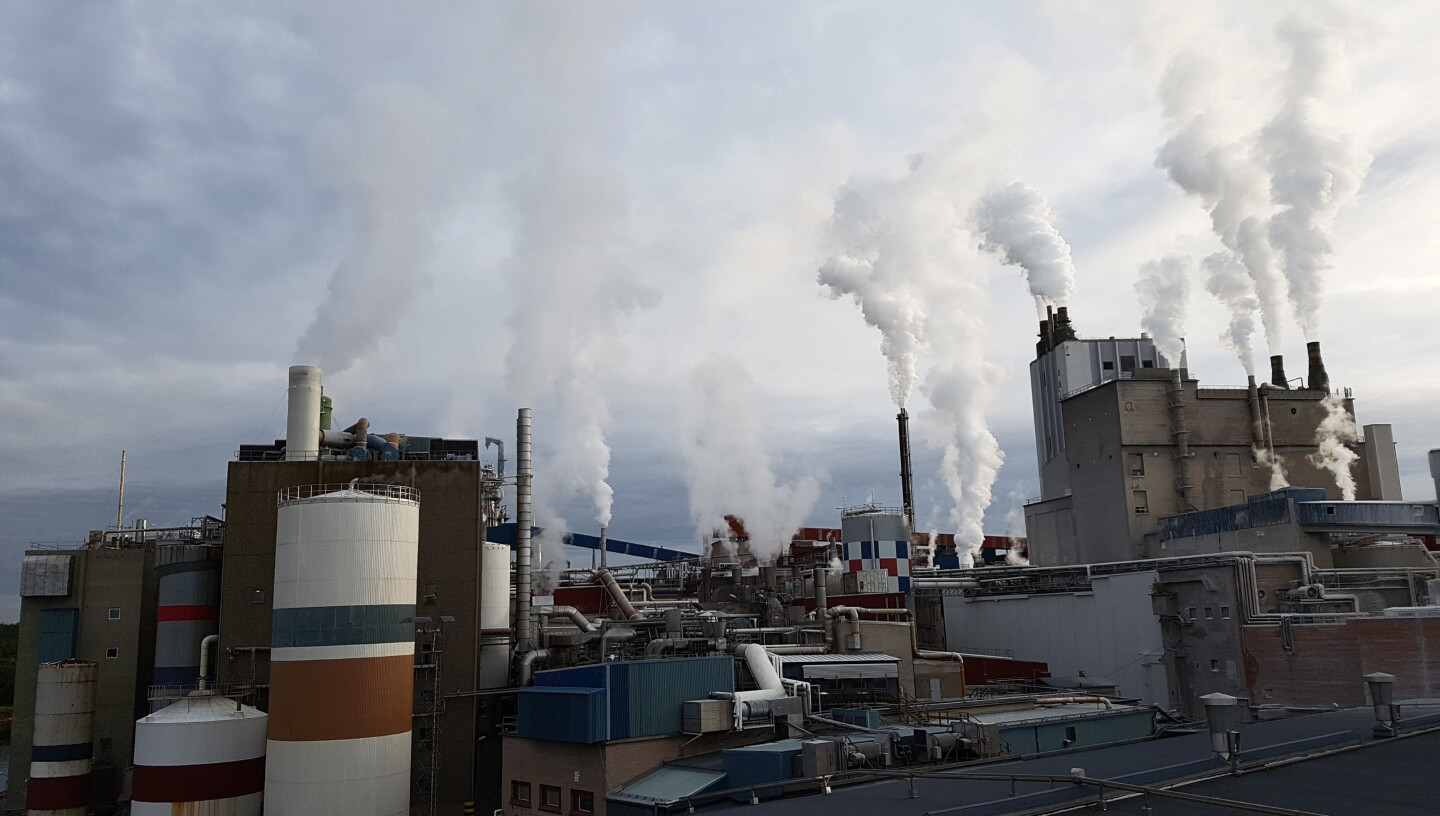28.11.2022
Global and Russian economies are not scaling back decarbonisation plans
 Photo by: KarinKarin / Pixabay
Photo by: KarinKarin / Pixabay
Reducing carbon dioxide emissions is one of the greatest challenges facing the global economy. Skolkovo international school’s of management new study, Decarbonisation under Uncertainty: Ways Forward, aims to understand how the events of 2022 have affected the conditions for this process, both for Russia and for the world as a whole.
Even before 2022, the global economy was still lagging far behind the required decarbonisation rate. The global energy crisis, triggered by sanctions on Russian energy, has forced countries to take new measures.
So, the European Commission adopted the REPowerEU plan to overcome dependence on Russian fossil fuels and bring the energy transition closer. It included energy-saving measures, clean energy production and diversification of energy supplies.
The major emitting countries have increased investment in the transition to a low-carbon economy in 2022. For example, the US adopted The Inflation Reduction Act, which provides for an additional investment of $369bn in emissions reductions between 2022 and 2030, plus $60bn for new jobs in low-carbon industries.
Japan adopted the Clean Energy Strategy, which would require its economy to reach carbon neutrality by 2030 to cut emissions by 46% from 2013.
South Korea will maintain its target of a 40% reduction in emissions by 2030 compared to 2018. To do so, however, the country will invest more heavily in nuclear power and biofuels.
China expects to commission 156 GW of new capacity in 2022
renewables, up 25% from last year’s record. But power outages in the autumn of 2021 forced the country to rethink its priorities and shift its focus from decarbonisation to energy security.
India has decided to maintain its carbon-neutral target in 2070 and plans to reduce its emission intensity by 45% by 2030 compared to 2005.
Thus, there is no evidence of a massive global backlash against decarbonisation policies, even in the face of the energy crisis. However, the report fears that new economic realities will widen the gap between the decarbonisation capacities of different countries and pose additional risks to achieving a carbon-neutral planet.
As for Russia, the main obstacle to the country’s decarbonisation in 2022 has been a lack of access to advanced technologies due to the same sanctions. However, Russian companies have not given up on decarbonisation, maintaining their long-term goals and reducing their budget for it by only 22%.
Overall, in 2022, companies continued to work on all areas of emission reduction that they were engaged in in 2021. By a wide margin, the companies’ main focus was energy efficiency improvements.
Forestry projects and the conversion of transport and machinery to NGVs and electric power have retained their position and remain among the main areas of focus for Russian business.
Emissions reductions from electricity generation, including switching to renewables, have increased in popularity. This is due to a rapid drop in the price of kWh of the latter. For example, between 2015 and 2021, the cost of wind power fell by 87% to 2.7 RUB/kWh, while solar auction rates fell by 77% to 4.5–5.4 RUB/kWh over the same period. Consequently, solar and wind power account for more than 60% of new generation capacity commissioned in Russia.
The study concludes that the Russian economy is indeed capable of achieving carbon neutrality by 2060. This will require structural changes but seems an achievable goal.
Cover photo: Colin Watts / Unsplash














































Comments